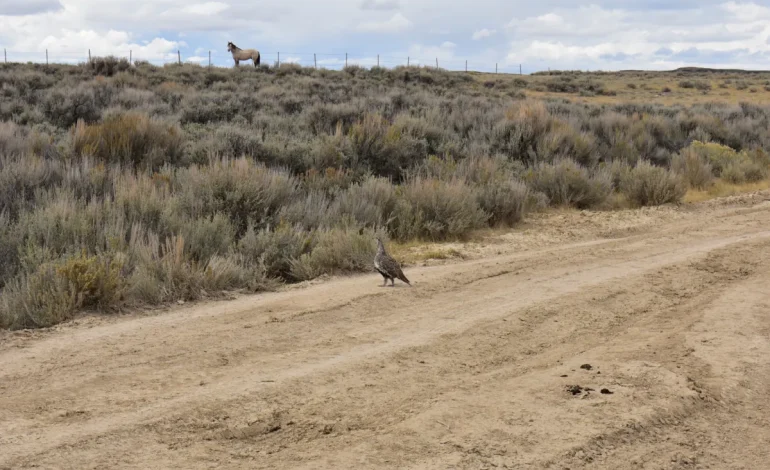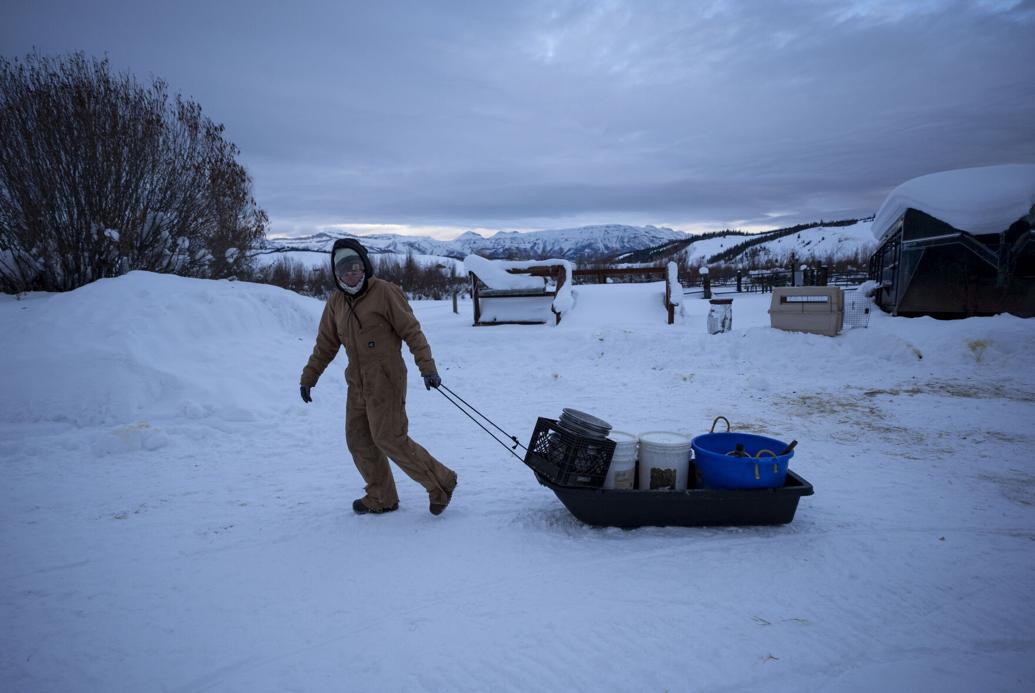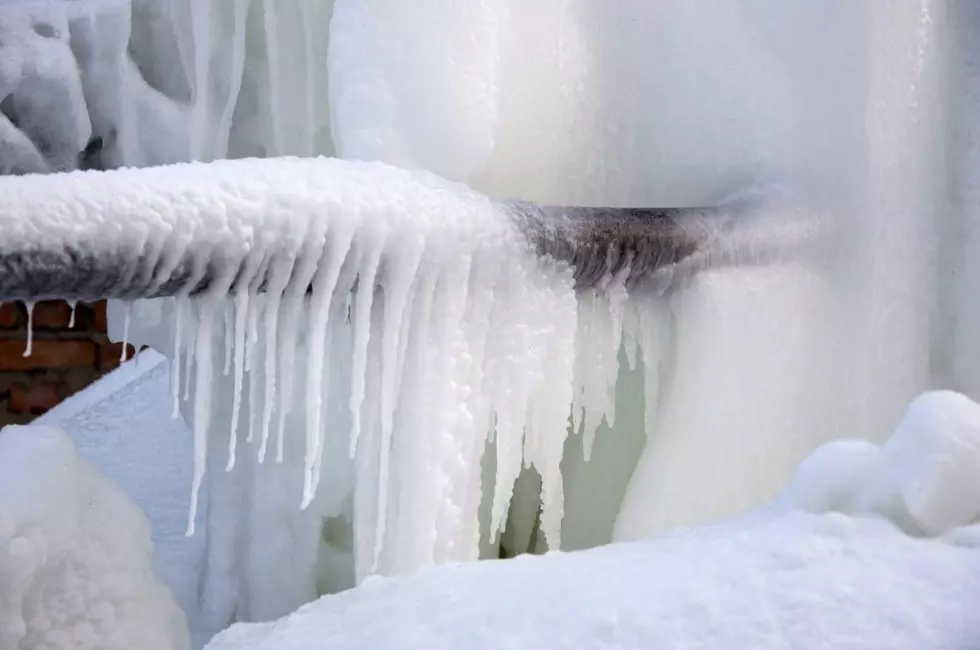Study Finds Overpopulation of Wild Horses Threatens Sage Grouse Survival in Wyoming

A new study from the University of Wyoming, spanning nearly 15 years, reveals that overpopulated wild horse herds are harming sage grouse populations in Wyoming’s sagebrush-steppe habitat, Oil City News reports.
The research highlights that areas with high densities of free-roaming horses see significant declines in sage grouse nesting success and the survival of young birds.
The study, led by University of Wyoming ecologist Jeff Beck, found that sage grouse populations fare better in regions where horse numbers are kept below management goals set by the Bureau of Land Management (BLM). Beck’s research, recently published in The Journal of Wildlife Management, shows that exceeding these population limits leads to a marked decrease in sage grouse nest survival and juvenile bird survival rates.
The research monitored nearly 1,000 GPS-equipped sage grouse across southern and central Wyoming, comparing areas with no horses to those with varying levels of horse populations. In regions where horse numbers were kept at or below BLM goals, nest survival rates decreased by 4%, while areas with horse populations three times over the goal saw a drop in nest survival by 8%. Sage grouse chicks were even more affected, with survival rates reduced by 18% in areas with excessive horse populations.
Juvenile sage grouse also faced challenges in these regions, experiencing an 18% reduction in survival rates when horses outnumbered BLM targets. However, the study found no significant impact on the survival of adult sage grouse from increased horse populations.
The study sheds light on how wild horses indirectly affect sage grouse by altering their habitat. Horses break up sagebrush, increase bare ground, and disturb riparian areas, leaving the birds more vulnerable to predators. These effects are especially pronounced in the summer when horses and sage grouse both gather near water sources.
While domestic livestock also congregate near water, Beck noted that livestock can be managed and removed from the range, whereas wild horses remain year-round, causing more persistent habitat damage.
Managing wild horse populations is a contentious issue, with advocates closely monitoring roundups and management decisions often facing legal challenges. Despite this, Beck stresses the importance of keeping horse numbers below management goals to ensure the survival of sage grouse in shared habitats.
The research team, including biologist Megan Milligan from the US Geological Survey, plans to expand the study beyond Wyoming to explore how wild horse populations impact sage grouse across the species’ broader range. The goal is to further understand the relationship between wild horses and sage grouse population dynamics and inform future wildlife and land management strategies.








